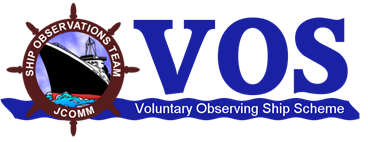University of Exeter
Type of resources
Topics
Keywords
Contact for the resource
Provided by
Years
Formats
Representation types
status
-

Technology readiness levels are a widely used metric of technology maturity and risk for marine renewable energy devices. To-date, a large number of device concepts have been proposed which have reached the early validation stages of development. Only a handful of mature designs have attained pre-commercial development status following prototype sea trials. In order to navigate through the aptly named “valley of death” towards commercial realisation, it is necessary for new technologies to be de-risked in terms of component durability and reliability. In this paper the scope of the reliability assessment module of the DTOcean design tool is outlined including aspects of tool integration, data provision and how prediction uncertainties are accounted for
-

VOS/SOOP tracks are usually repeated several times a year and inform about the marine sinks and sources of atmospheric carbon dioxide on a global bases and their variability. Data from this network has been made available to the scientific community and interested public via the Carbon Dioxide Information Analysis Centre (CDIAC) Oceans at the Department of Energy, USA, since the early 1990’s where PIs submitted and shared their data. In 2017, CDIAC Ocean will be named Ocean Carbon Data System (OCADS) and join NOAA’s National Centers for Environmental Information (NCEI). In 2007, the marine biogeochemistry community coordinated by the International Ocean Carbon Coordination Project (IOCCP), launched the Surface Ocean Carbon Dioxide ATlas (SOCAT) in order to uniformly quality control and format the data with detailed documentation. Underway carbon dioxide data from the VOS network are integrated in SOCAT.
 Catalogue PIGMA
Catalogue PIGMA